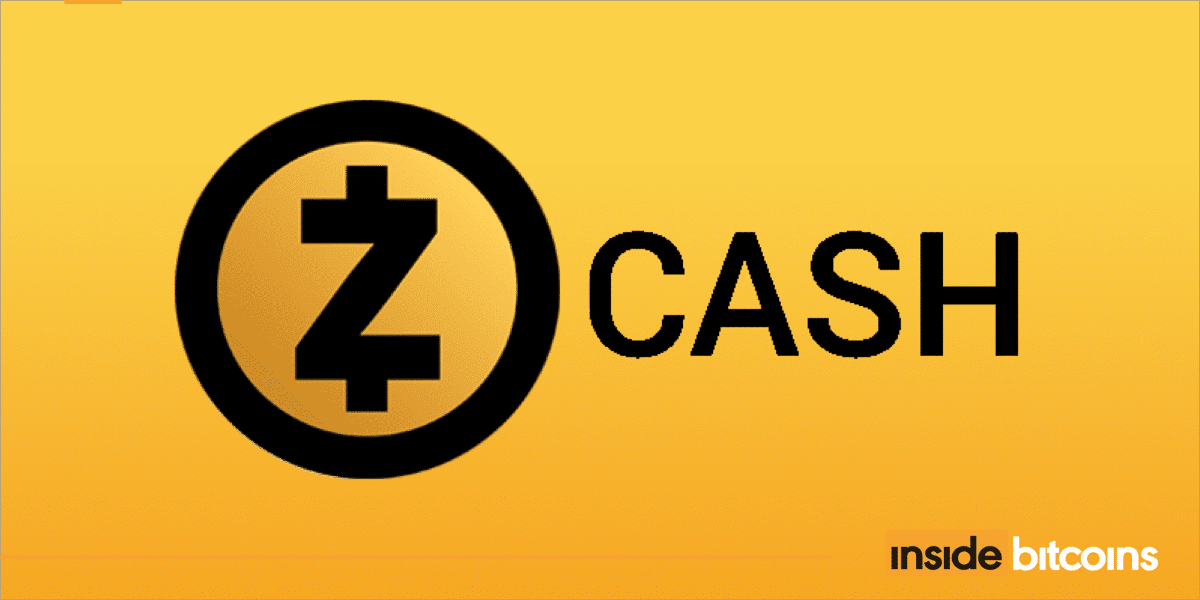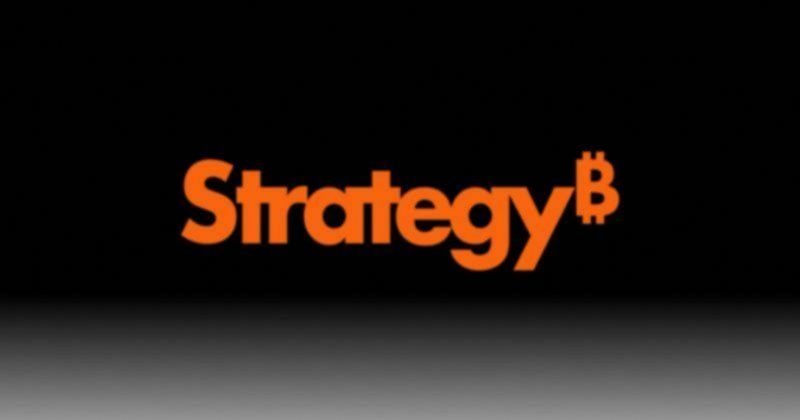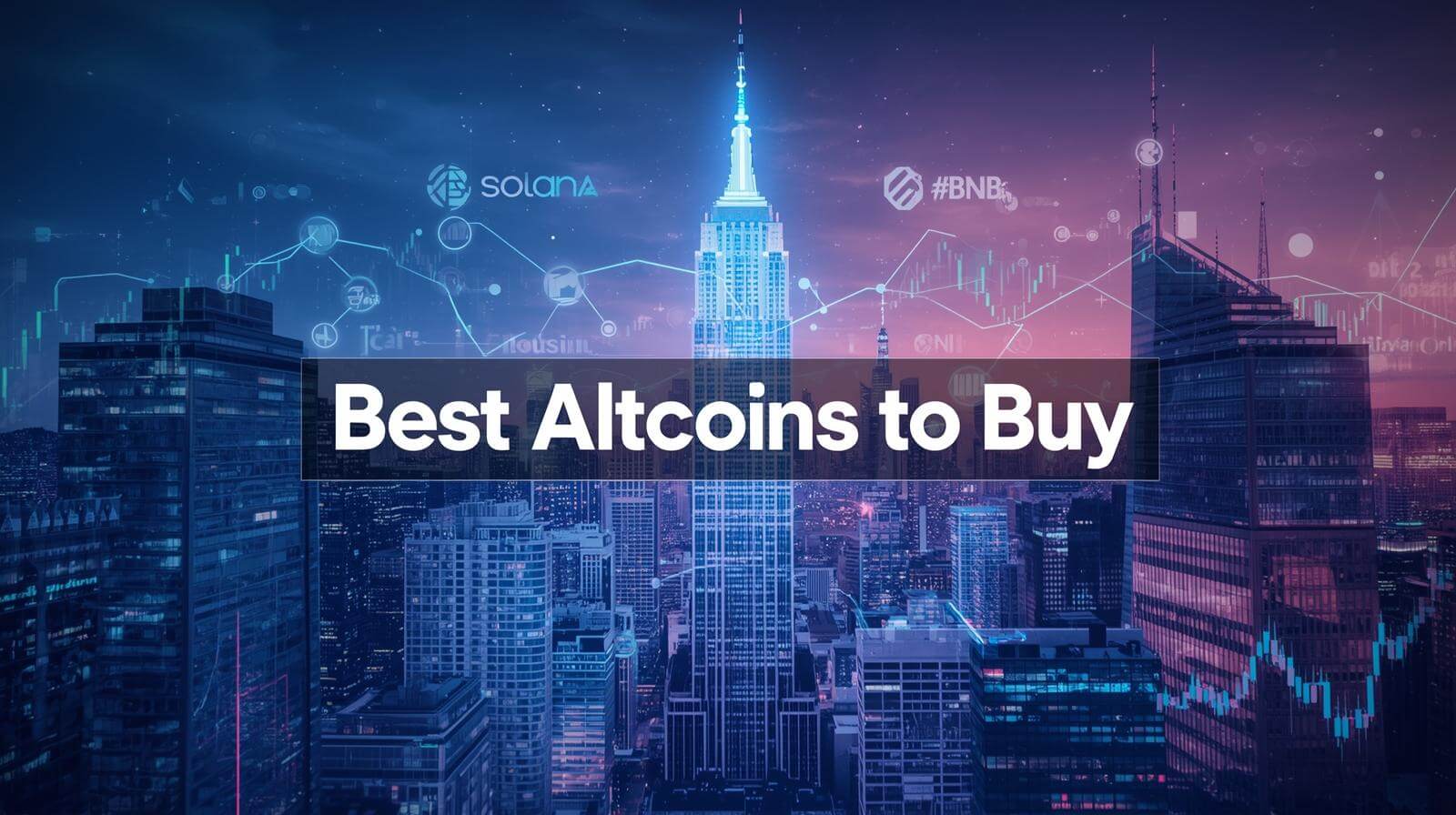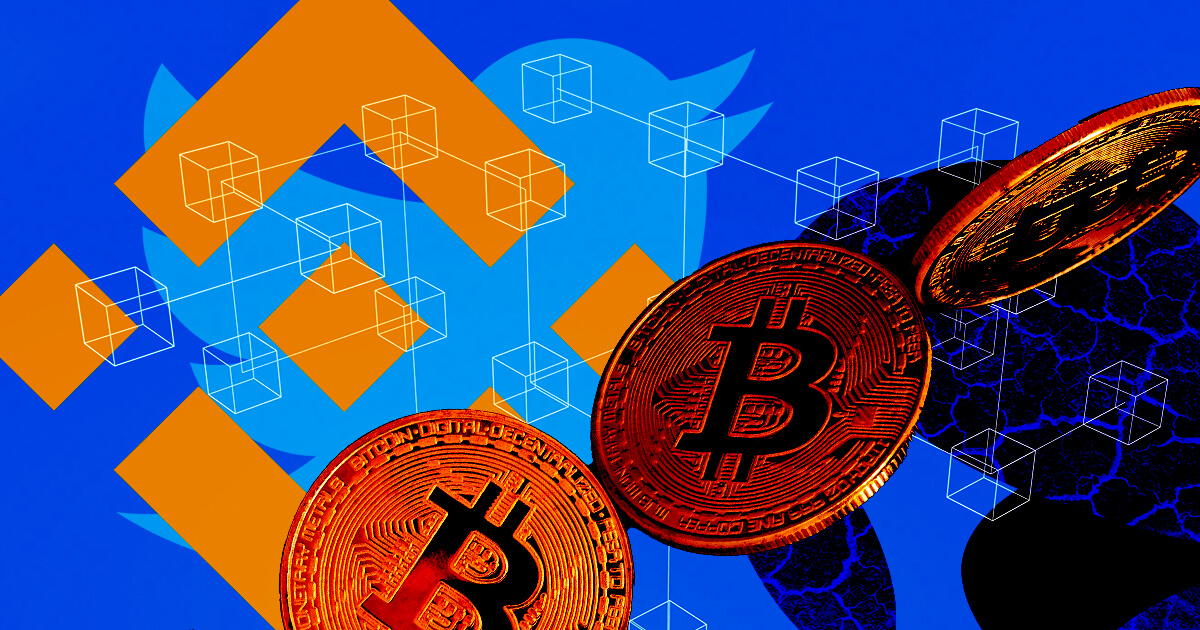One of the most
exciting developments in the blockchain industry in recent years has been the
rise of decentralized finance (DeFi). DeFi represents a new way of thinking
about financial services in which users retain control over their assets,
transactions are transparent, and the system operates without the use of
intermediaries.
In this
article, we will look at the DeFi promise, including use cases, opportunities,
and risks. We’ll talk about how DeFi is disrupting traditional finance and why
businesses and investors should pay attention to this rapidly evolving field.
DeFi is a
catch-all term for a variety of decentralized financial applications based on
blockchain technology. These applications seek to replicate traditional financial
services in a decentralized, trustless, and transparent manner, employing smart
contracts to automate processes that would otherwise necessitate the use of
intermediaries.
DeFi’s promise
is based on its ability to create a new financial system that is open,
transparent, and accessible to everyone, regardless of location or financial
status. DeFi has the potential to create new economic opportunities, lower
costs, improve efficiency, and increase financial inclusion.
DeFi Use
Cases
DeFi is used in
a variety of ways, including lending and borrowing, as well as trading and
investing. Here are some of the most common DeFi applications:
Decentralized
Borrowing and Lending
DeFi allows
users to borrow and lend money without the use of a middleman. Borrowers can
obtain loans without providing collateral or undergoing the traditional credit
check process. By lending money to borrowers, lenders can earn interest on
their money.
Exchanges
that are not centralized (DEXs)
DEXs enable
users to trade cryptocurrencies without the use of intermediaries. DEXs are
non-custodial, which means that users retain ownership of their assets and are
not required to deposit them with the exchange. All transactions on DEXs are
also recorded on the blockchain, making them transparent.
Stablecoins
Stablecoins are
cryptocurrencies linked to a stable asset, such as the US dollar or gold. They
combine the advantages of cryptocurrencies, such as fast transaction times and
low fees, with price stability.
Asset
Management on a Decentralized Scale
Users can
manage their cryptocurrency assets without the use of intermediaries using
decentralized asset management platforms. Smart contracts are used on these
platforms to automate investment strategies, lowering costs and increasing
transparency.
DeFi
Opportunities
For businesses
and investors, DeFi provides a variety of opportunities, including:
Global
Market Access
DeFi enables
companies and investors to gain access to global markets without the use of
intermediaries. This can lower costs and increase efficiency, thereby creating
new economic opportunities.
Better
Financial Inclusion
DeFi can
improve financial inclusion by giving unbanked or underbanked people access to
financial services. Decentralized lending platforms, for example, can make
loans available to people who would otherwise be unable to obtain credit.
Cost-cutting
measures
By eliminating
intermediaries and automating processes, DeFi can reduce costs. This can result
in lower user fees and increased business efficiency.
Greater
Transparency
DeFi is
designed to be transparent, with all transactions recorded on the blockchain.
This increases transparency into financial transactions, lowering the risk of
fraud and increasing trust in the system.
The Dangers
of DeFi
DeFi is still a
developing industry, and it carries a number of risks. Here are some of the
most important risks to be aware of:
Smart
Contract Dangers
Smart contracts
are at the heart of DeFi, and they have vulnerabilities that attackers can
exploit. Smart contract bugs can result in funds being lost, and there is no
centralized authority to mitigate these risks. Many DeFi face liquidity risks.
Continue
protocols are heavily reliant on liquidity, which can be volatile and volatile
depending on market conditions. Large price swings can be caused by liquidity
risks, making it difficult to exit positions or execute trades.
Regulatory
Concerns
DeFi operates
in an unregulated environment, which can be unsettling for businesses and
investors. There is a chance that regulators will crack down on DeFi,
potentially resulting in a loss of funds or legal ramifications.
Risks of
User Error
Users’ ability
to securely manage their private keys and interact with smart contracts is
critical for DeFi platforms. User errors, such as sending funds to the
incorrect address or mismanaging private keys, can result in funds being lost.
Can CBDCs be
the DeFi killer?
Central bank
digital currencies (CBDCs) are a hot topic in the world of finance and
technology.
These digital currencies are essentially digital versions of
physical currencies, issued and regulated by central banks. While CBDCs have
the potential to revolutionize the way we use money, there are concerns that
they could also lead to pushing decentralized finance (DeFi) out of the picture.
DeFi has gained
significant popularity in recent years, as it offers users more financial
freedom and autonomy than traditional finance. CBDCs, on the other hand, are
centralized digital currencies issued and regulated by central banks. These
currencies are backed by the full faith and credit of the issuing central bank,
which makes them more stable than decentralized cryptocurrencies like Bitcoin.
CBDCs could
also offer several benefits over traditional currencies, such as faster and
cheaper transactions, increased financial inclusion, and greater monetary
policy control.
However, many believe
that CBDCs could also be used to undermine DeFi.
By leveraging
their regulatory powers, central banks could force financial institutions to
adopt CBDCs and abandon decentralized alternatives. This could be done through
legislation, regulations, or even by making it illegal to use DeFi platforms.
As such, if a
central bank were to issue a CBDC, it could require all financial institutions
to use the digital currency. This would make it difficult for DeFi platforms to
compete, as they would not have access to the same level of regulatory support
or the same level of financial backing as the centralized institutions.
It is important
to note that DeFi is built on the principles of decentralization and autonomy.
While central banks may have the power to force financial institutions to adopt
CBDCs, they cannot force individuals to use them. DeFi platforms can continue
to operate and offer users greater autonomy and financial freedom, even if they
are not widely adopted by centralized financial institutions.
As the world of
finance continues to evolve, it will be interesting to see how CBDCs and DeFi
interact and shape the future of finance.
Conclusion
DeFi represents
an exciting new way of thinking about financial services, with the potential to
increase economic opportunities, lower costs, and improve financial inclusion.
However, as with any new technology, there are risks that must be carefully
considered.
As the DeFi
ecosystem grows and evolves, it is critical for businesses and investors to
keep an eye on this rapidly changing space. It is possible to participate in
the DeFi ecosystem while mitigating risks and reaping the benefits of this
exciting new technology by staying informed and taking appropriate precautions.
One of the most
exciting developments in the blockchain industry in recent years has been the
rise of decentralized finance (DeFi). DeFi represents a new way of thinking
about financial services in which users retain control over their assets,
transactions are transparent, and the system operates without the use of
intermediaries.
In this
article, we will look at the DeFi promise, including use cases, opportunities,
and risks. We’ll talk about how DeFi is disrupting traditional finance and why
businesses and investors should pay attention to this rapidly evolving field.
DeFi is a
catch-all term for a variety of decentralized financial applications based on
blockchain technology. These applications seek to replicate traditional financial
services in a decentralized, trustless, and transparent manner, employing smart
contracts to automate processes that would otherwise necessitate the use of
intermediaries.
DeFi’s promise
is based on its ability to create a new financial system that is open,
transparent, and accessible to everyone, regardless of location or financial
status. DeFi has the potential to create new economic opportunities, lower
costs, improve efficiency, and increase financial inclusion.
DeFi Use
Cases
DeFi is used in
a variety of ways, including lending and borrowing, as well as trading and
investing. Here are some of the most common DeFi applications:
Decentralized
Borrowing and Lending
DeFi allows
users to borrow and lend money without the use of a middleman. Borrowers can
obtain loans without providing collateral or undergoing the traditional credit
check process. By lending money to borrowers, lenders can earn interest on
their money.
Exchanges
that are not centralized (DEXs)
DEXs enable
users to trade cryptocurrencies without the use of intermediaries. DEXs are
non-custodial, which means that users retain ownership of their assets and are
not required to deposit them with the exchange. All transactions on DEXs are
also recorded on the blockchain, making them transparent.
Stablecoins
Stablecoins are
cryptocurrencies linked to a stable asset, such as the US dollar or gold. They
combine the advantages of cryptocurrencies, such as fast transaction times and
low fees, with price stability.
Asset
Management on a Decentralized Scale
Users can
manage their cryptocurrency assets without the use of intermediaries using
decentralized asset management platforms. Smart contracts are used on these
platforms to automate investment strategies, lowering costs and increasing
transparency.
DeFi
Opportunities
For businesses
and investors, DeFi provides a variety of opportunities, including:
Global
Market Access
DeFi enables
companies and investors to gain access to global markets without the use of
intermediaries. This can lower costs and increase efficiency, thereby creating
new economic opportunities.
Better
Financial Inclusion
DeFi can
improve financial inclusion by giving unbanked or underbanked people access to
financial services. Decentralized lending platforms, for example, can make
loans available to people who would otherwise be unable to obtain credit.
Cost-cutting
measures
By eliminating
intermediaries and automating processes, DeFi can reduce costs. This can result
in lower user fees and increased business efficiency.
Greater
Transparency
DeFi is
designed to be transparent, with all transactions recorded on the blockchain.
This increases transparency into financial transactions, lowering the risk of
fraud and increasing trust in the system.
The Dangers
of DeFi
DeFi is still a
developing industry, and it carries a number of risks. Here are some of the
most important risks to be aware of:
Smart
Contract Dangers
Smart contracts
are at the heart of DeFi, and they have vulnerabilities that attackers can
exploit. Smart contract bugs can result in funds being lost, and there is no
centralized authority to mitigate these risks. Many DeFi face liquidity risks.
Continue
protocols are heavily reliant on liquidity, which can be volatile and volatile
depending on market conditions. Large price swings can be caused by liquidity
risks, making it difficult to exit positions or execute trades.
Regulatory
Concerns
DeFi operates
in an unregulated environment, which can be unsettling for businesses and
investors. There is a chance that regulators will crack down on DeFi,
potentially resulting in a loss of funds or legal ramifications.
Risks of
User Error
Users’ ability
to securely manage their private keys and interact with smart contracts is
critical for DeFi platforms. User errors, such as sending funds to the
incorrect address or mismanaging private keys, can result in funds being lost.
Can CBDCs be
the DeFi killer?
Central bank
digital currencies (CBDCs) are a hot topic in the world of finance and
technology.
These digital currencies are essentially digital versions of
physical currencies, issued and regulated by central banks. While CBDCs have
the potential to revolutionize the way we use money, there are concerns that
they could also lead to pushing decentralized finance (DeFi) out of the picture.
DeFi has gained
significant popularity in recent years, as it offers users more financial
freedom and autonomy than traditional finance. CBDCs, on the other hand, are
centralized digital currencies issued and regulated by central banks. These
currencies are backed by the full faith and credit of the issuing central bank,
which makes them more stable than decentralized cryptocurrencies like Bitcoin.
CBDCs could
also offer several benefits over traditional currencies, such as faster and
cheaper transactions, increased financial inclusion, and greater monetary
policy control.
However, many believe
that CBDCs could also be used to undermine DeFi.
By leveraging
their regulatory powers, central banks could force financial institutions to
adopt CBDCs and abandon decentralized alternatives. This could be done through
legislation, regulations, or even by making it illegal to use DeFi platforms.
As such, if a
central bank were to issue a CBDC, it could require all financial institutions
to use the digital currency. This would make it difficult for DeFi platforms to
compete, as they would not have access to the same level of regulatory support
or the same level of financial backing as the centralized institutions.
It is important
to note that DeFi is built on the principles of decentralization and autonomy.
While central banks may have the power to force financial institutions to adopt
CBDCs, they cannot force individuals to use them. DeFi platforms can continue
to operate and offer users greater autonomy and financial freedom, even if they
are not widely adopted by centralized financial institutions.
As the world of
finance continues to evolve, it will be interesting to see how CBDCs and DeFi
interact and shape the future of finance.
Conclusion
DeFi represents
an exciting new way of thinking about financial services, with the potential to
increase economic opportunities, lower costs, and improve financial inclusion.
However, as with any new technology, there are risks that must be carefully
considered.
As the DeFi
ecosystem grows and evolves, it is critical for businesses and investors to
keep an eye on this rapidly changing space. It is possible to participate in
the DeFi ecosystem while mitigating risks and reaping the benefits of this
exciting new technology by staying informed and taking appropriate precautions.
















